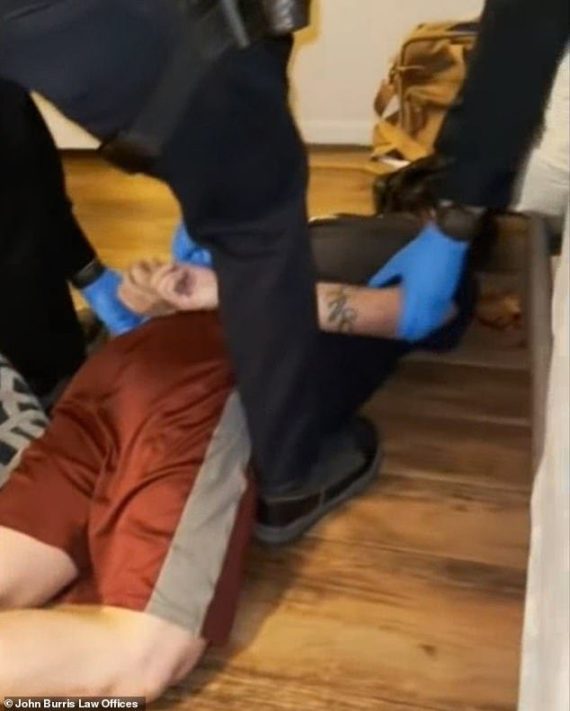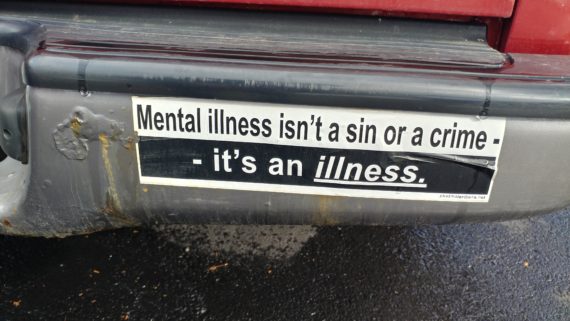
Angelo Quinto, 30, was handcuffed on the floor by police responding to a mental health crisis in December. He died three days later in a hospital. (credit John. L. Burris law offices)
(2-22-21) Images of a white police officer with his knee pressed against George Floyd’s neck last year set off peaceful protests and rioting amid demands for police accountability. What often has been overlooked is that individuals with serious mental illnesses are 16 times more likely to be killed by police and nearly half of all deaths at the hands of the police involve individuals with disabilities. D. J. Jaffe, before his death, reported that 120 police officers also had been murdered by individuals with serious mental illnesses.
While we continue to argue about alternatives to having law enforcement respond when someone is in the midst of a mental crisis, more individuals die. This recent example involves possible head trauma, something we are hearing more about with returning veterans and hits to the heads of pro football players. TBIs can lead to anxiety, depression, paranoia, and suicide. Regardless of whether a crisis is caused by a TBI or a serious mental illness, such as schizophrenia, we must find a better way to protect the lives of those in the midst of a crisis and those sent to respond. From The Washington Post:

 Reporter Ben Finley, writing in the
Reporter Ben Finley, writing in the 





